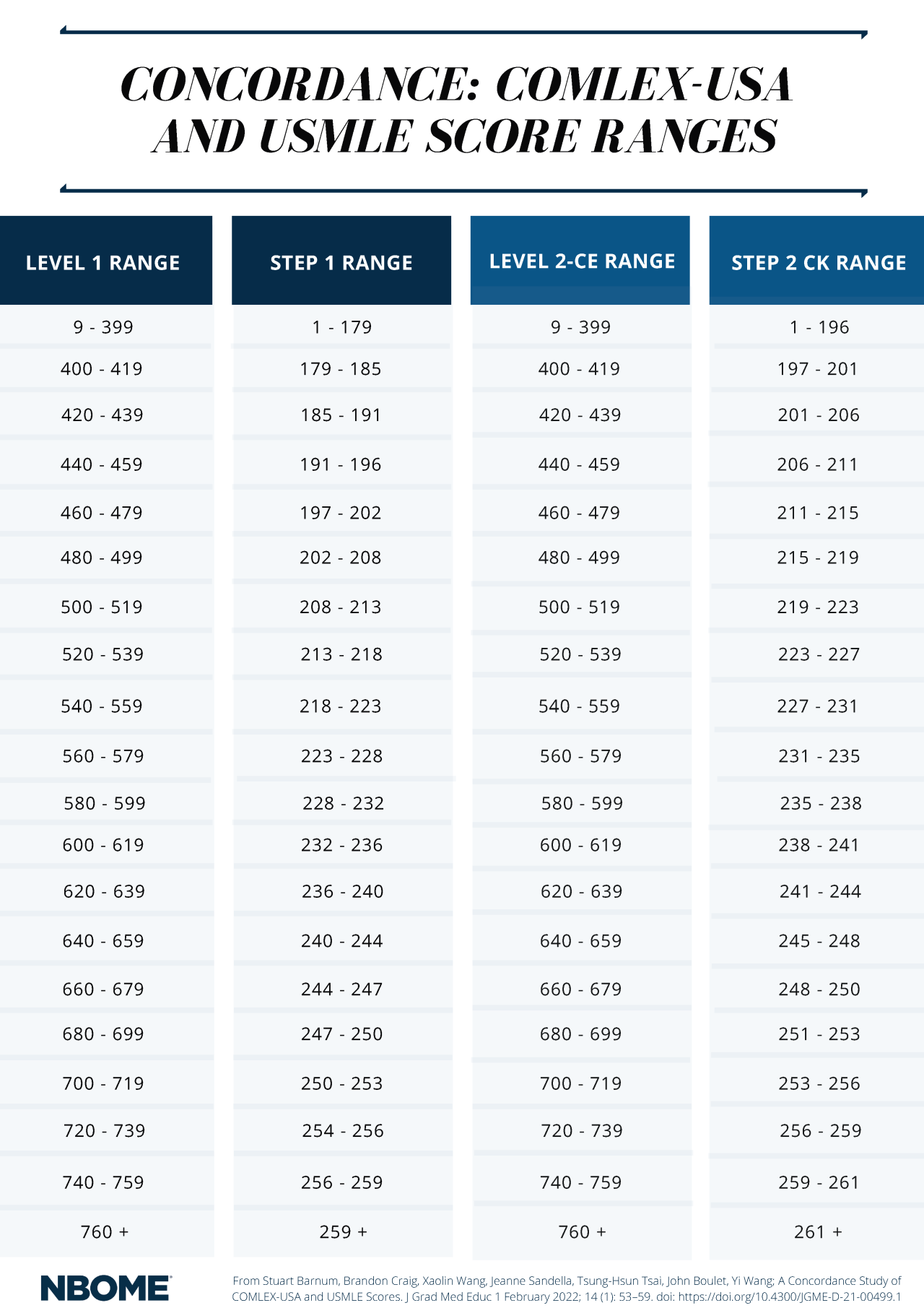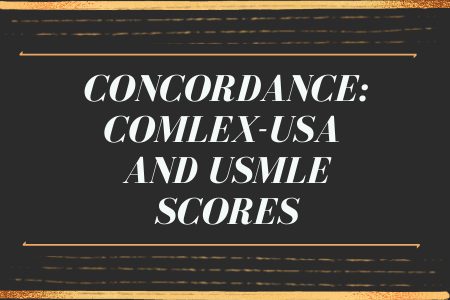
Many DO students report feeling compelled to take the USMLE exam series in addition to their required COMLEX-USA exams, which can result in an unnecessary expense of time, resources, and money on their part; taking the USMLE in addition to COMLEX-USA results in more than $5 million spent by DO students annually, despite the fact that COMLEX-USA is accepted—and in some cases, required—for DO licensure in all 50 states and in several international jurisdictions.
The reasons for this are myriad; DO students may be advised that they must take the USMLE to remain competitive; well-meaning individuals may share old, outdated, biased and/or incorrect information about COMLEX-USA; or DO students may be assessed on residency applications based on USMLE requirements that are not applicable to them.
For its part, the NBOME continues to publish research on the validity and fairness of the COMLEX-USA exam series, as well as on comparisons of COMLEX-USA performance to that of assessments such as the USMLE.
In a newly published paper in the ACGME’s Journal of Graduate Medical Education February 2022 edition, NBOME researchers analyzed the relationship of the scores of more than 3,500 DO students from five colleges of osteopathic medicine across the US who took USMLE Step 1 and Step 2-CE in addition to COMLEX-USA Level 1 and Level 2-CE.
The findings in the manuscript resulted in the development of the COMLEX-USA/USMLE Concordance Table, aimed providing an evidence-based tool for residency program directors and others in the GME sphere to provide some context to COMLEX-USA scores and better estimate a USMLE score (if desirable) based off of a provided COMLEX-USA Level 1 and/or Level 2-CE score.
Other tools available to assist in this effort include the NBOME Percentile Score Converter and the Residency Program Director Toolbox.
The NBOME continues to advocate for parity among DO students and physicians as they continue on their professional journeys, and promotes greater understanding of the COMLEX-USA credential. Recent examples include an article in the DO and the NBOME’s work with groups like the Coalition for Physician Accountability and its Undergraduate Medical Education to Graduation Medical Education Transition Review Committee.
“The NBOME has always advocated for and supported the holistic review of applicants, and encourages residency program directors to evaluate applicants based on consideration of applicants’ unique experiences, attributes, and competencies, without any disproportionate weighting of any one factor,” said John R. Gimpel, DO, MEd, president and CEO of the NBOME.
”However, so long these licensure exams are used as part of the residency application process,” he added, “a simple score concordance tool may help bring greater understanding of COMLEX-USA to GME personnel, and a broader understanding of the importance of a fair, equitable, and more holistic review of osteopathic medical students applying to residency programs.”

